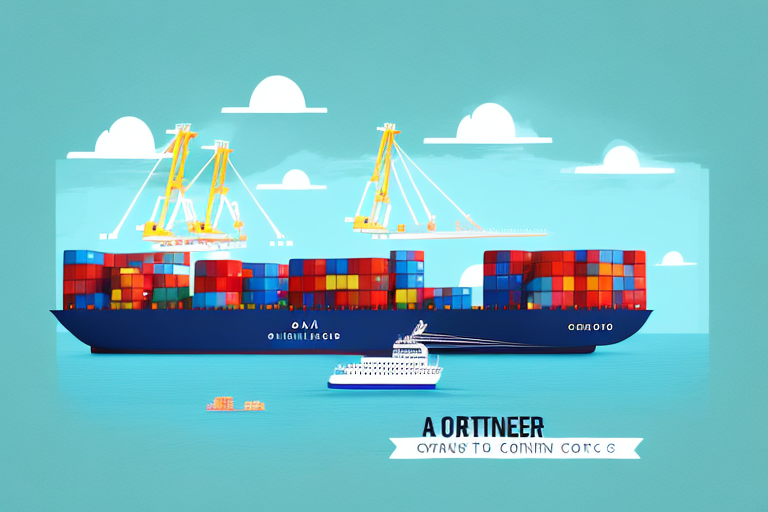In today’s globalized economy, trade is the lifeline that keeps nations connected and economies thriving. As countries engage in international trade, it becomes essential to implement measures that facilitate the smooth flow of goods and services across borders while also protecting domestic industries from unfair competition. This article aims to provide an in-depth analysis of the concepts of trade facilitation and trade remedies, elucidating their importance and impact on international trade.
Understanding the Basics: Trade Facilitation and Trade Remedies Explained
Trade facilitation refers to the simplification, modernization, and harmonization of procedures and processes involved in global trade. It encompasses various measures aimed at reducing trade barriers, streamlining customs procedures, enhancing supply chain efficiency, and promoting transparency and cooperation among trading partners. The ultimate goal of trade facilitation is to expedite the movement, clearance, and release of goods, leading to cost reduction, increased competitiveness, and overall economic growth.
On the other hand, trade remedies are measures taken to correct unfair trade practices or address the impact of import competition on domestic industries. These measures are implemented under specific circumstances when a domestic industry claims to have suffered significant damage or threat of injury due to unfair trade practices, such as dumping or subsidies. Trade remedies typically include anti-dumping duties, countervailing duties, and safeguards. Their purpose is to level the playing field and provide a protective shield for domestic industries, ensuring fair competition and safeguarding their interests.
Trade facilitation plays a crucial role in promoting international trade and economic development. By simplifying and harmonizing trade procedures, it reduces administrative burdens and transaction costs for businesses. This, in turn, encourages greater participation in global trade and facilitates the integration of economies into the global market. Trade facilitation measures also enhance the predictability and transparency of trade rules, making it easier for businesses to navigate international trade regulations and comply with customs requirements.
Trade remedies, on the other hand, are an important tool for protecting domestic industries from unfair trade practices. When a domestic industry faces significant harm or the threat of harm due to unfair competition, trade remedies provide a legal framework for addressing these challenges. Anti-dumping duties, for example, are imposed on imported goods that are sold at a lower price than their fair market value, protecting domestic producers from the negative effects of predatory pricing. Countervailing duties, on the other hand, are imposed on goods that benefit from foreign government subsidies, ensuring a level playing field for domestic industries. Safeguard measures, such as import quotas or tariffs, are implemented to provide temporary relief to domestic industries facing a surge in imports that could cause serious injury.
The Importance of Efficient Trade Facilitation Measures
A robust trade facilitation framework is crucial for fostering economic development, enabling countries to fully tap into the benefits of international trade. By reducing bureaucratic red tape, enhancing transparency, and simplifying trade procedures, trade facilitation measures expedite the movement of goods, leading to shorter delivery times and reduced costs. This, in turn, promotes trade growth, attracts foreign direct investment, and creates employment opportunities.
Efficient trade facilitation measures also encourage businesses, particularly small and medium-sized enterprises (SMEs), to engage in international trade. SMEs often face significant challenges in navigating complex trade procedures, which can hinder their ability to participate in global markets. Trade facilitation measures, such as single-window systems and harmonized customs procedures, address these barriers, making trade more inclusive and accessible for all market participants.
Furthermore, efficient trade facilitation measures contribute to the overall competitiveness of a country’s economy. By streamlining trade processes and reducing unnecessary delays, businesses can operate more efficiently and effectively. This allows them to focus on their core competencies and allocate resources towards innovation and growth. As a result, countries with strong trade facilitation measures are better positioned to attract foreign investment and compete in the global marketplace.
In addition, trade facilitation measures play a crucial role in promoting regional integration and cooperation. By harmonizing customs procedures, standardizing documentation requirements, and implementing mutual recognition agreements, countries can facilitate the seamless movement of goods across borders. This not only enhances trade within a region but also strengthens economic ties and fosters collaboration among neighboring countries. Regional trade agreements, such as free trade agreements and customs unions, often include provisions for trade facilitation to further promote economic integration and development.
A Deep Dive into Trade Remedies: Definition and Types
Trade remedies play a crucial role in protecting domestic industries from unfair competition. They act as a safety valve to alleviate the adverse effects of dumping, subsidies, and sudden import surges. The three main types of trade remedies are:
1. Anti-dumping duties: Anti-dumping duties are imposed on imports that are priced below their fair market value, causing harm to domestic industries. These duties aim to offset the unfair advantages enjoyed by foreign producers engaging in dumping practices. By imposing anti-dumping duties, countries can restore fair competition and safeguard domestic industries.
2. Countervailing duties: Countervailing duties are imposed on imports benefiting from foreign government subsidies. Subsidies can distort the market by artificially reducing the price of goods, disadvantaging domestic industries that do not receive such financial support. Countervailing duties counteract the damaging effects of subsidized imports, protecting the interests of domestic producers.
3. Safeguard measures: Safeguard measures are temporary trade remedies implemented to protect domestic industries from sudden import surges that cause or threaten to cause serious injury to the domestic industry. These measures can include import quotas, tariffs, or a combination of both. Safeguard measures provide a temporary relief to domestic industries, allowing them to adjust and regain competitiveness in the face of increased imports.







